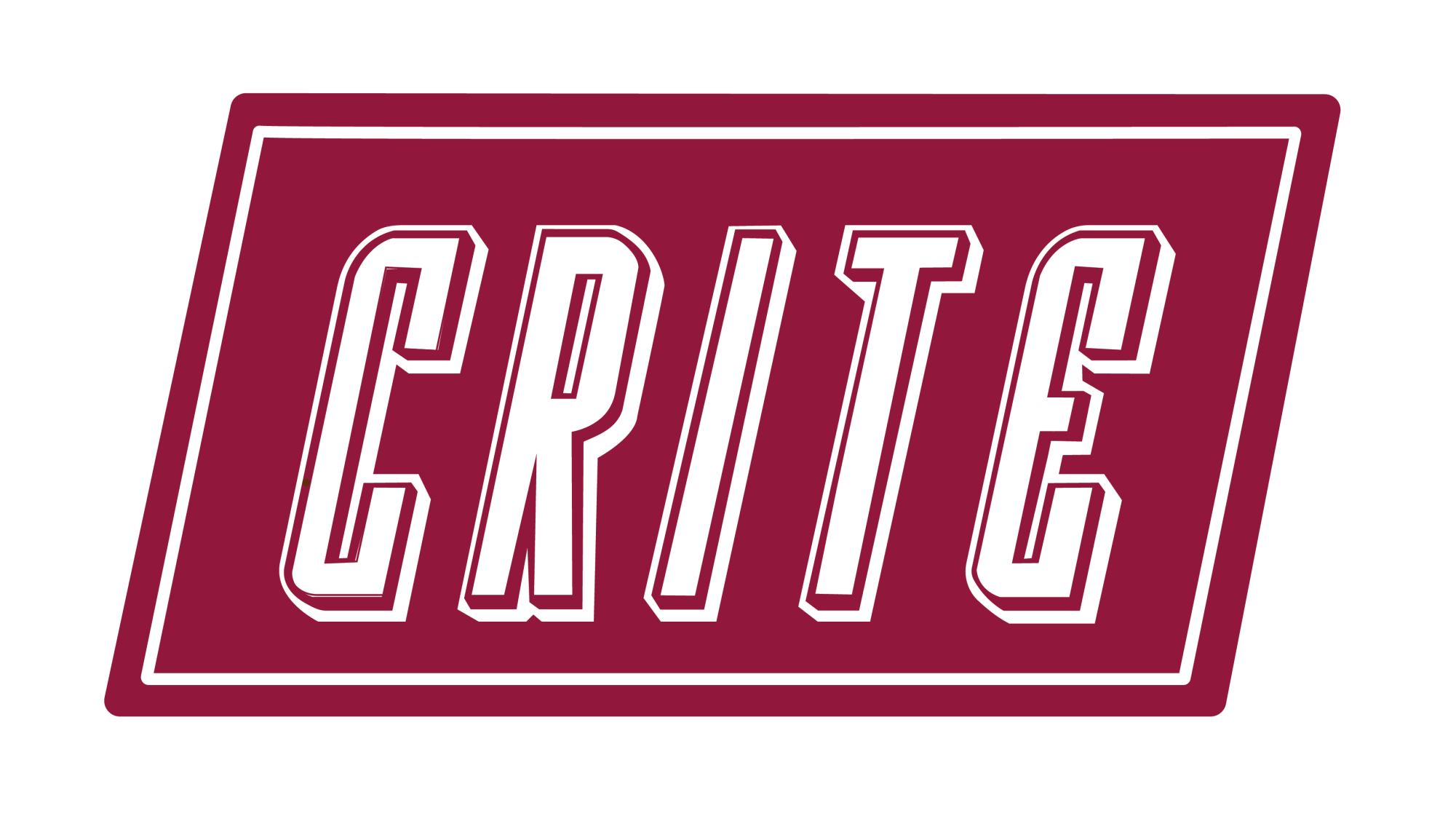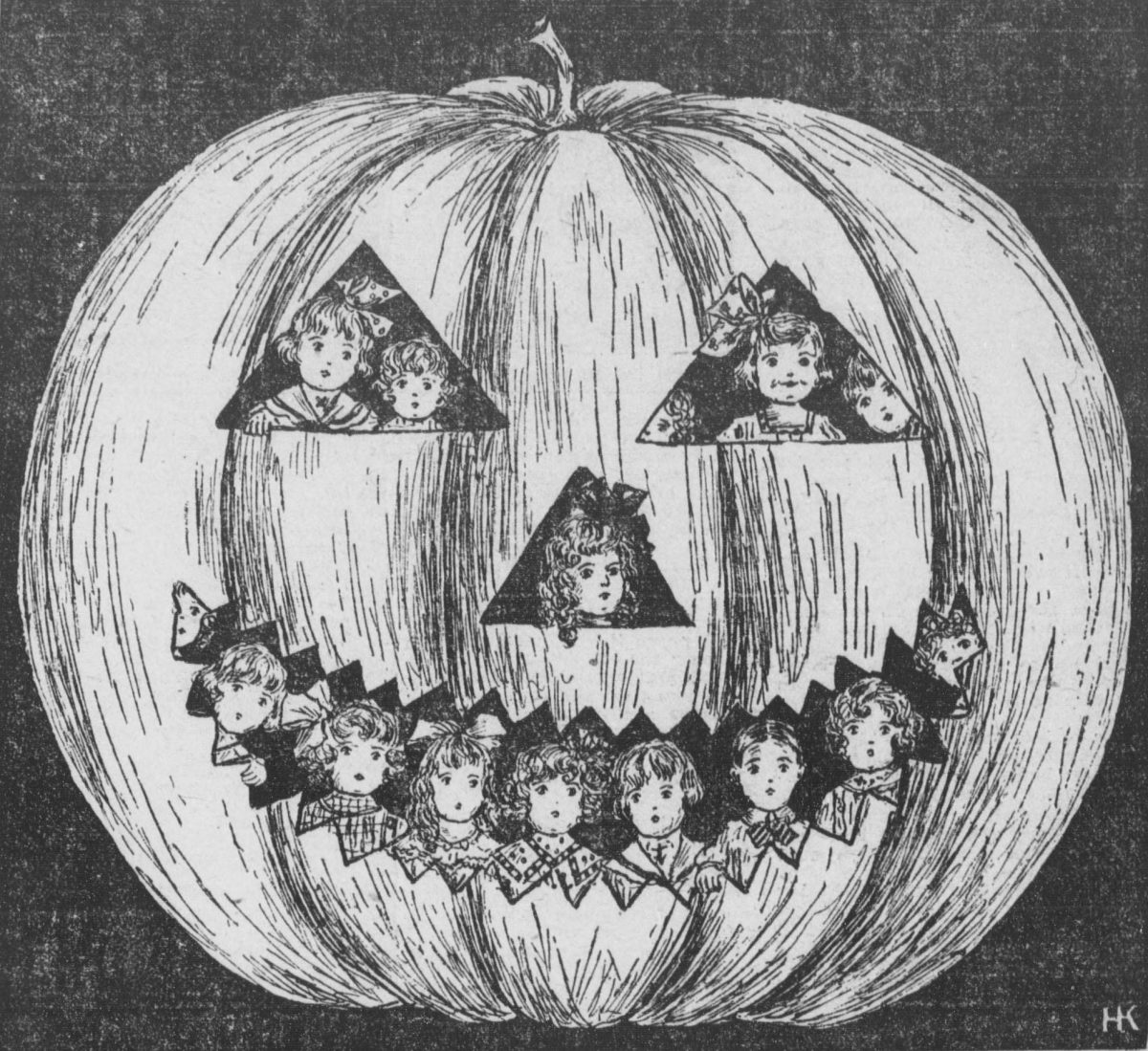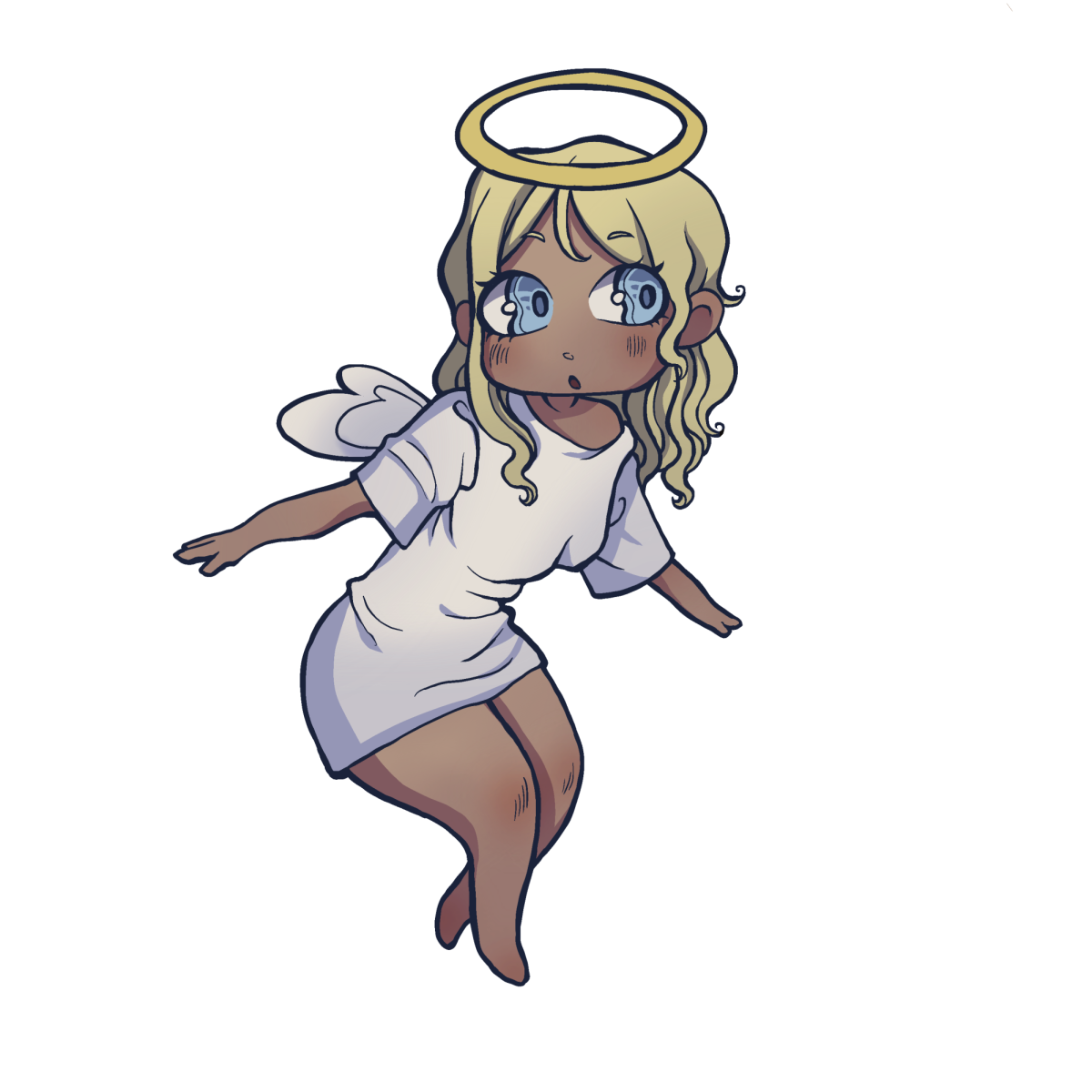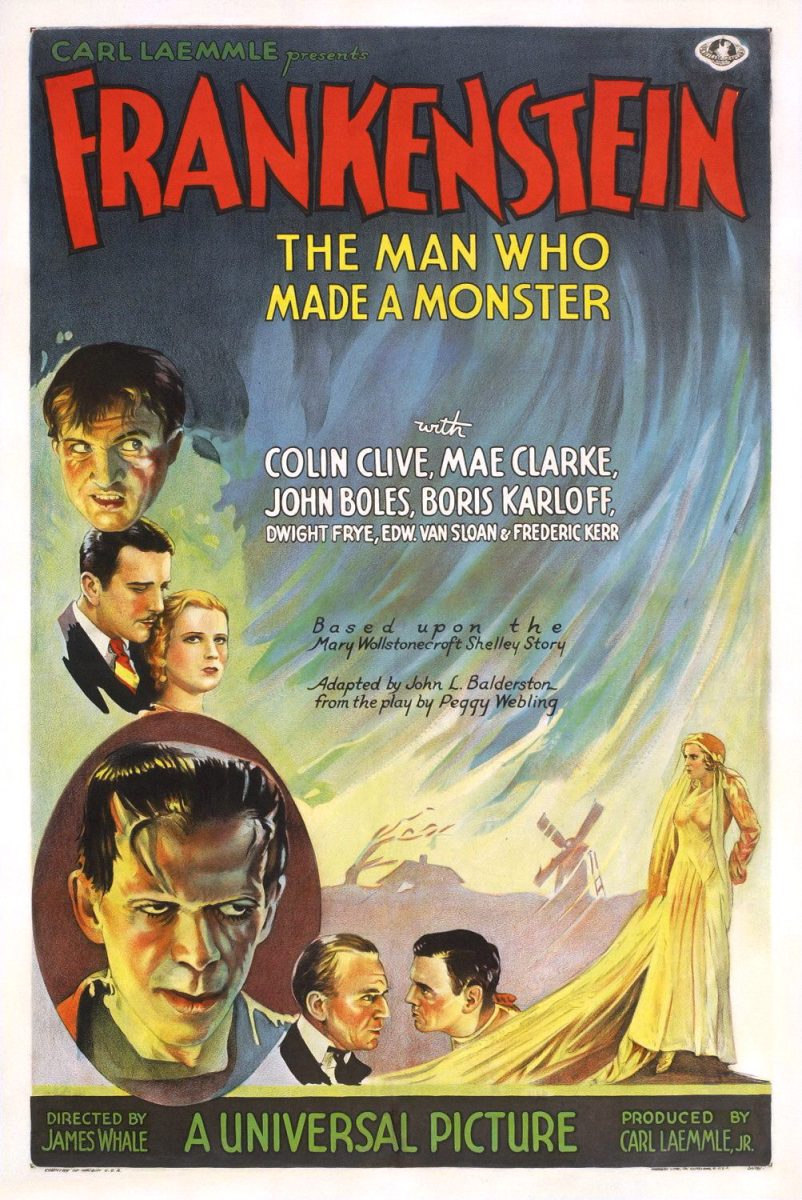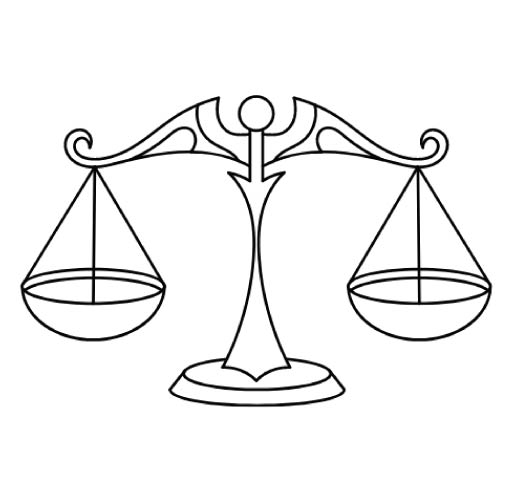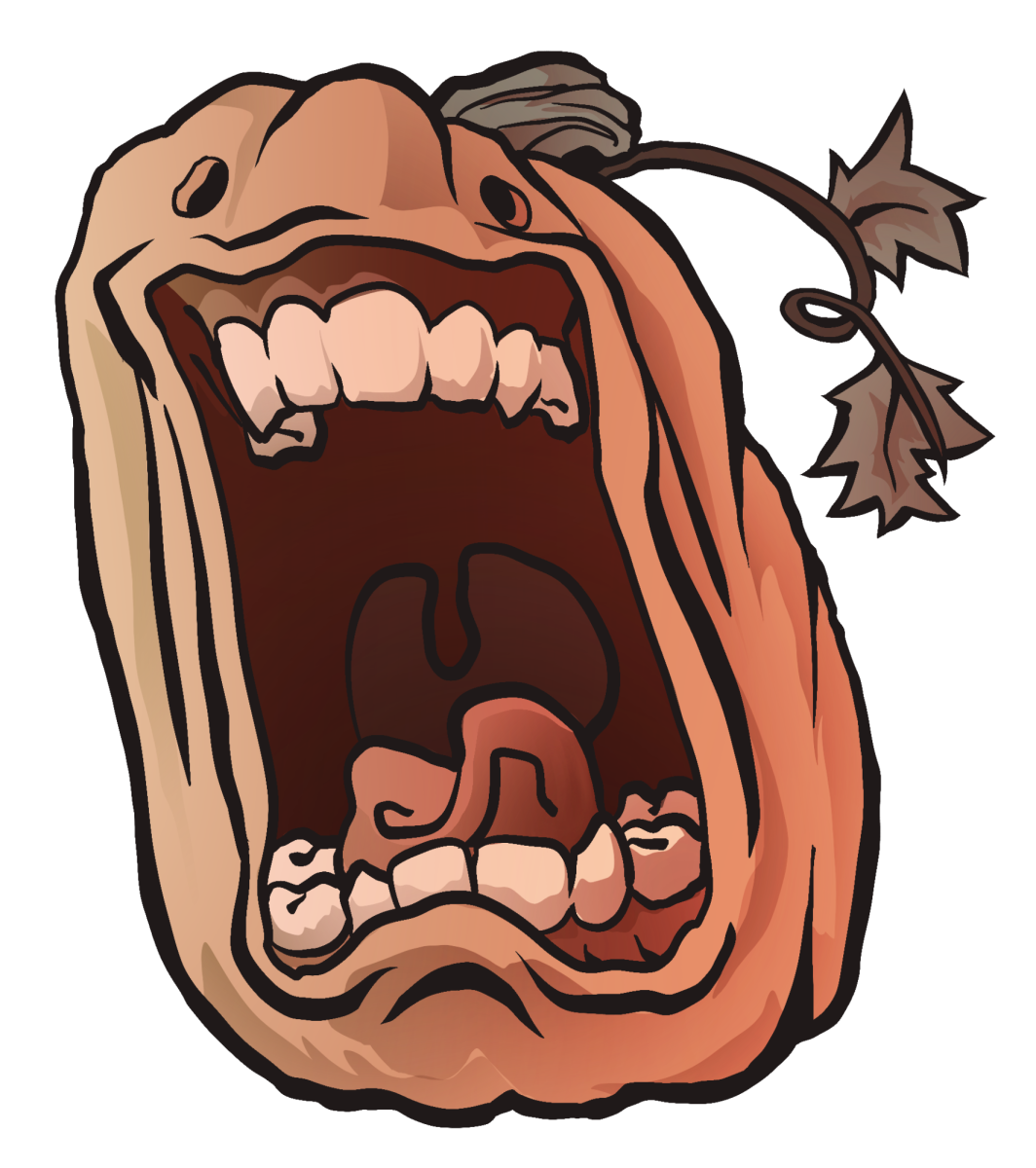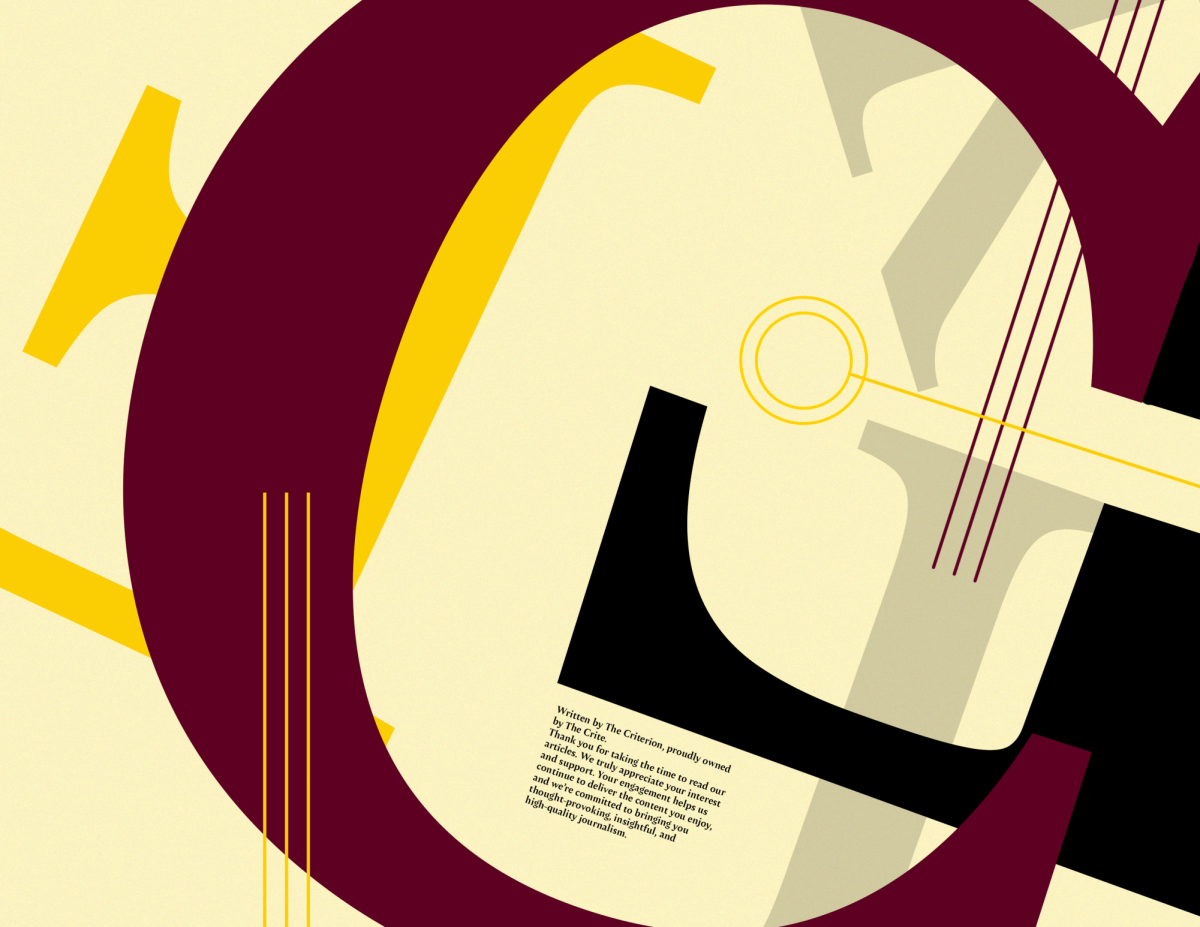What is there to hate about Halloween? You get to dress up as anything you want, watch spooky movies and eat free candy! That being said, how many of you know the story of how this beloved holiday came to be? Welcome to a Criterion special, where we dig up THE HISTORY OF HALLOWEEN!!
Let’s start in the beginning. The origins of Halloween as we know it can be traced back to the old celtic calendar, when celtic people divided the year between a light half and a dark half. Samhain was the ancient Celtic holiday, a precursor to our version of Halloween, which was considered to be the beginning to the dark half of the year and the end of harvest. This time of year would be a deciding factor in whether you lived or died by starvation, based on the amount of crop harvested. They also believed that during Samhain, the border between the living and dead was thin, that both the spirits from beyond and the living could cross over if they weren’t careful enough.
This set the roots for many future Halloween celebrations. An interesting bit of information is that the ancient Celts would light huge bonfires to honor their deities and ward off evil spirits, which is what connects bats to Halloween. Bats normally couldn’t be seen but with all of the bonfires going on, insects would get attracted to the light, thus attracting bats to the insects. Thanks to the light, the ancient Celts could see bats flying around.
But how did a holiday like this survive during the rise of Christianity?
As Christianity spread, it adopted and reimagined many pagan folk traditions, rather than stamping them out, as it made it easier to convert them. A key pagan festival that got a Christian makeover was Lemuria, when celebrants placated the dead. When the church co-opted Lemuria in 609 AD, it became All Saints Day, a day to honor the most holy of dead Christians. The Christianized version of Lemuria was such a success that church leaders made a decision which eventually gave rise to Halloween.
Pope Gregory III moved All Saints Day (aka All Hallows Day) to November 1st as a way to drain the life of the holiday Samhain. Since Samhain fell on the night of October 31, before All Hallows Day, people started to call Samhian All Hallows Evening, further shortened to All Hallows Eve and eventually into Halloween. Then, just to be safe, the church went one step further and added a holiday to honor the everyday departed on November 2, known as All Souls Day. This is important, because thanks to the Christians, Halloween has been associated with souls, death and the supernatural again.
The church is also partially responsible for the tradition of trick or treating. During the Middle Ages, on All Souls Days, Christians were told to pray for the souls trapped in purgatory. According to the church, if enough prayers were offered, a soul would go up into heaven. This led to something familiar. Children would go souling, begging for soul cakes (spiced cakes filled with raisins). In return for these treats, the children would offer up prayers for souls trapped in purgatory.
While this is a vastly incomplete history of Halloween and its many niche traditions, as we only have so much space, this is the base for how it came to be. So, go forth and take the time to tell that annoying neighbor who calls Halloween “the devil’s day” that the devil is not responsible for the way Halloween is celebrated now, the Christians are.


